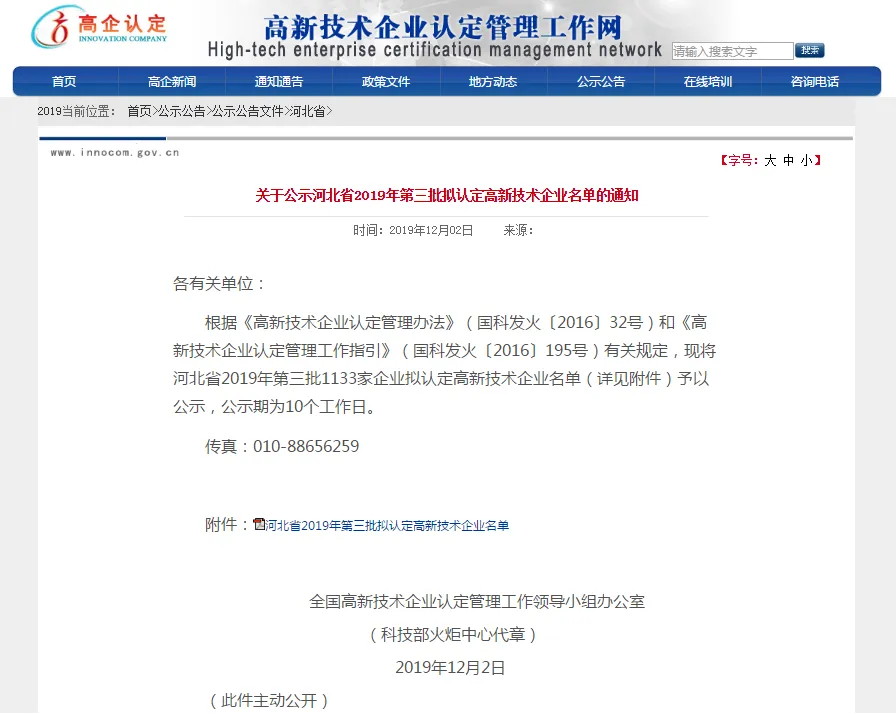Before using Endosorb, it is essential to consult with your veterinarian, especially if your dog is showing signs of severe gastrointestinal distress. Your vet will be able to determine if Endosorb is the right choice based on your dog’s specific symptoms and medical history.


